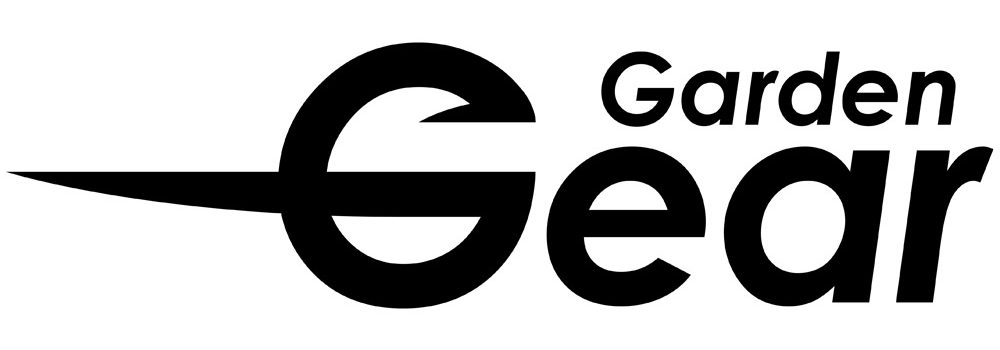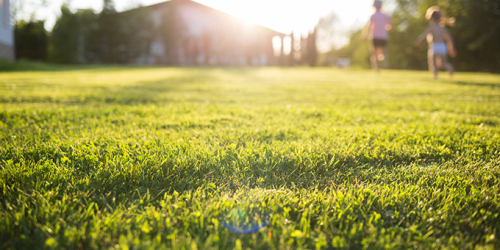A beginner’s guide to gardening
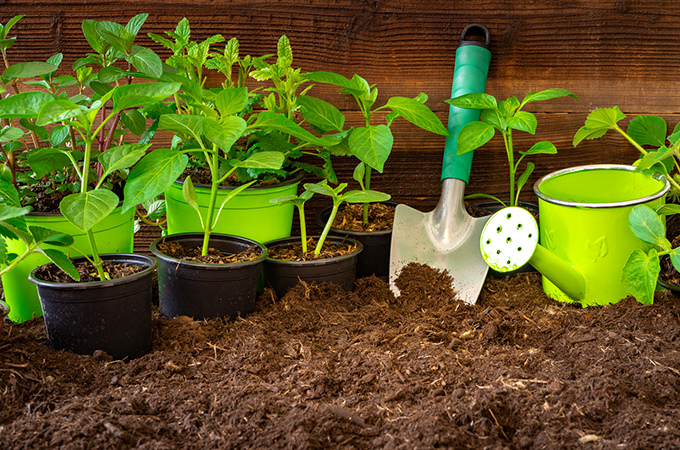
Ever wanted to get into gardening, but never known where to start? We’ve put together a handy beginner’s guide to tell you all you need to know about gardening! With these essential tips under your belt, you’ll be eager to pick up that trowel and get digging.
Learn more about your soil
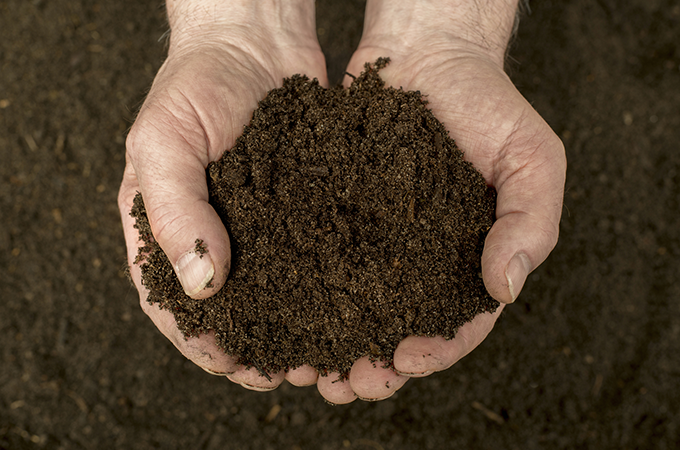
It might be tempting to just start planting, but there are a few things you need to consider first. Not every plant is the same – some prefer different conditions to others, and mostly this comes down to the condition of your soil. To find out which plants are going to thrive in your garden, you’ll need to understand what’s beneath the surface. Is your soil loamy? Clay? Sandy? Is it more alkaline, or is it more acid? When you find out what condition your soil is in, you’ll have a better idea of the plants you can grow in your garden.
Look around your garden and figure out where would be best to plant your new greenery. Most plants need between six to eight hours of sunlight a day, so avoid any areas which are too shady to give them the sunshine they need. Plants will need shade during heatwaves, but you can always create more shade as and when it’s needed.
Design your gardening area

You’ve decided what plants you want to grow, and you can’t wait to get stuck in with your gardening. Before you start digging, plan out where everything is going to fit. Planning what you want to grow and where beforehand will ensure that you don’t bite off more than you can chew, and that you’ll be able to create beautiful floral displays or fruitful veg patches with the room you have available.
By designing your garden before you start digging, you can arrange your greenery into the best formation possible, rather than just winging it and fitting things in random places.
Should I choose seeds or plants?

If you’re new to gardening, it can be confusing knowing whether to opt for plug plants or seeds to get your garden started. There is no one answer to suit everyone – it will depend on the plants you want to grow, and how tricky they are to grow from seed. This is because seeds need to germinate before they start to grow – the larger the seed, the easier it will be to grow.
Seeds can be the cheaper option, but depending on the plants you want to grow, it might be tricky to get them to succeed in your soil. Take a look at what you want, and research as to whether you’d be better off growing it from seed, or opting for plug plants. Plug plants can be easier to grow, as you just plant the ready seedling in your flowerbeds. You could try to grow seeds in pots indoors and then transplant them into your garden at a later date if you have your heart set on growing everything from seed.
Start gardening with easy to grow plants

With so many different plants and vegetables available, it can be confusing to know what to start with as a gardening newbie. Don’t be tempted to overcomplicate things at first – by choosing hard to grow plants, you’ll find it all too easy to be put off gardening when they don’t blossom as you’d hoped they would.
Start with simpler, easy to grow plants. Avoid roses, wisteria, and clematis – instead, opt for sunflowers, geraniums, or primula. Once you see these easier to grow varieties flourishing under your care, you’ll be eager to grow more complicated things in time.
Buy the right gardening tools
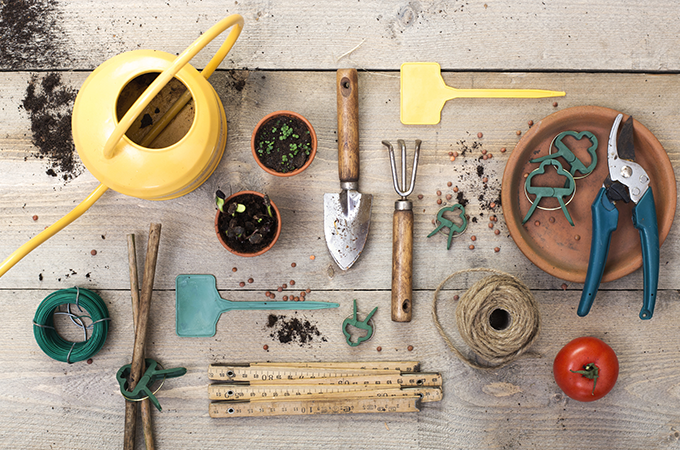
It will be a bit tricky to start gardening without the proper equipment. But with the variety of tools available, it’s easy to get overwhelmed. To start off your gardening on the right foot, you’ll need a watering can, trowel, a decent shovel, a hoe, and a digging fork. These are the essential tools to get gardening in your flower beds and veg patches. For potted plants, you’ll need to get containers as well as potting soil.
Larger gardens will likely benefit from tillers or other heavy machinery to prepare the soil for planting, but the above list of tools is a great place to get started if you’re new to gardening as a hobby. When you’re brave enough to start growing roses, you’ll need a good set of pruning shears, too.
Growing your own vegetables

What better reason to start gardening than wanting to grow your own veg? Any produce you grow in the garden will taste infinitely better than a shop-bought alternative. But how do you know where to start if you’ve never grown veg before? Opt for things that you’ll actually eat, otherwise there’ll be little point in growing them at all. If you’re unsure where to begin, try to choose easier varieties to get you started – peas, potatoes, and runner beans are a fantastic place to start.
Remember to choose a good sunny spot to plant your veg varieties. Try and avoid planting all of them at the same time, otherwise, you’ll be left with a gardening glut. All your produce will be ready to harvest at the same time – quicker than you can eat it all before it goes bad! Instead, try and plant them every fortnight or so, so as to space out the times they ripen.
Once you’ve caught the growing bug and you start thinking about what you want to grow next year, try and rotate where you plant your veg. This way it gives your soil a chance to recover all the essential nutrients you’ll need to grow healthy plants!
Give your plants plenty of room
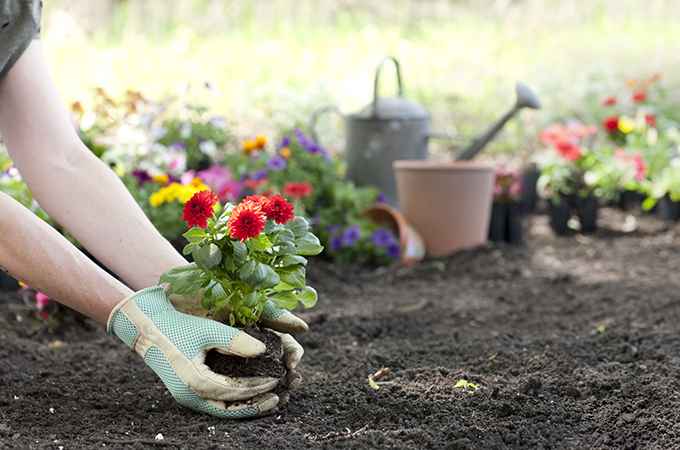
All plants need space to grow. If you crowd them too close together, they’ll require more fertiliser and more watering – your plants will also be more susceptible to disease if they’re crammed together. Plants need to be space out properly so as to give their roots the chance to spread out and breathe.
Plants that are too close together are unlikely to survive. With seeds, place them in a geometric pattern or in rows so as to give them the space they need to grow properly. Well-spaced plants will thrive!
Don’t forget to label plants

You might think that you’ll be able to remember what you’ve planted in your garden, and where exactly you’ve planted it – but the more varieties you choose, the harder it will be to keep track of them all. Especially as time wears on, it will be all too easy to forget what exactly that green thing in the corner was meant to be…
Do yourself a favour and label things as you plant them. This way, you’ll be able to see at a moment’s notice what has and hasn’t grown well – so you’ll know exactly what to grow again next year.
Garden watering tips

One of the most important factors in growing plants is to water them correctly. It’s not as simple as just getting your hose out sporadically and drizzling some water on when you remember to do it – by being smart with your watering, you’ll be able to make your garden blossom. Too much water will kill your plants, and too little water will have them wilting under the summer sun. You can see if your garden needs to be watered by sticking your fingers about two inches into the soil. If it’s bone dry to the touch, you’ll need to give your garden a good soaking. If it’s a little damp, leave off watering for now.
Contrary to popular opinion, it’s better to water your garden for a longer period of time, less regularly. By only wetting the surface for a few minutes, you’ll be encouraging the plant roots to grow closer to the soil surface – by soaking it for several minutes, it allows the moisture to properly permeate the soil, and will encourage your plants to grow a stronger root system.
Water will be more essential for container plants, as these tend to dry out much quicker than plants in beds. Try to use a watering can or a sprinkler if you can – dumping a load of water onto your plants all at once is likely to damage them. Make sure to wet the soil rather than the leaves of your plants, too, as if these stay wetter for longer it could encourage disease.
Weeding tips
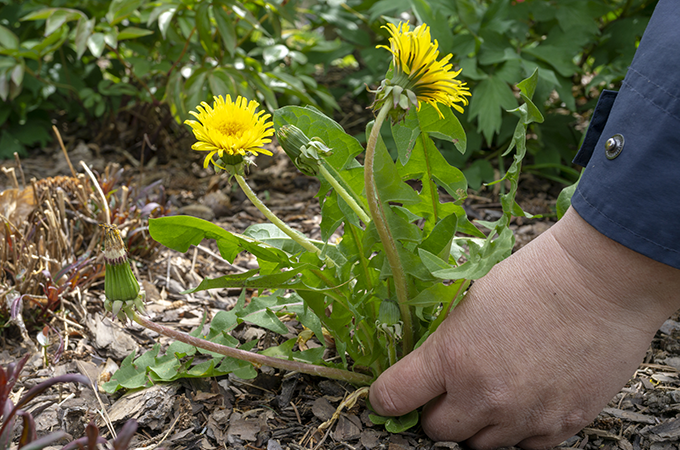
It is easier to deal with weeds as and when they appear, rather than an established plant. Don’t allow weeds like dandelions and horsetail to grow properly amongst your greenery, otherwise they will be really tricky to get rid of. Try to remove as much of the root as possible when weeding, too – if the weed snaps off with some of the roots still in the earth, it will grow back in place.
Weeds are easier to pull out of the ground if the soil is wetter – for drier soil, it’s easier to use a hoe. Cover potted plants, flower beds, and veg patches with straw or mulch. This prevents weeds from sprouting, and helps to lock in the moisture in the soil. Don’t be afraid to try a weed control fleece, either – these work best when laying down new beds. You’ll need to cut holes to place your plants through, so remember to allow room for growth.
Pruning
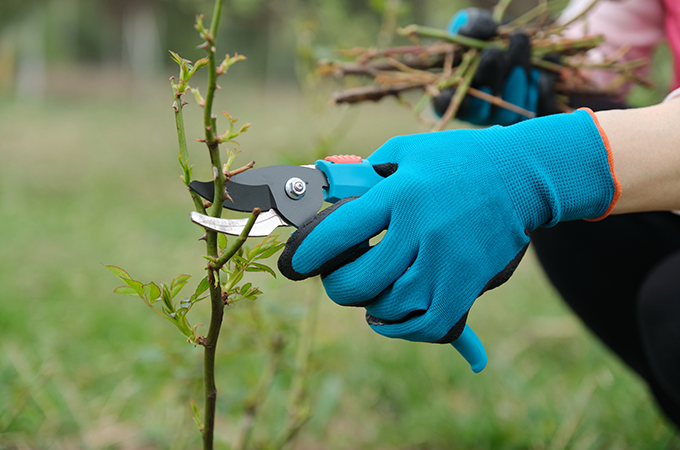
Plants like roses need to be deadheaded and pruned to encourage newer, bushier growth – but be wary of pruning too early or too much. Try to stick to dead matter if you can, as pruning your plants before they’re ready could result in them not flowering at all. You don’t want to be cutting off new growth as buds appear – if in doubt, put the pruning shears away for the time being.
Have fun
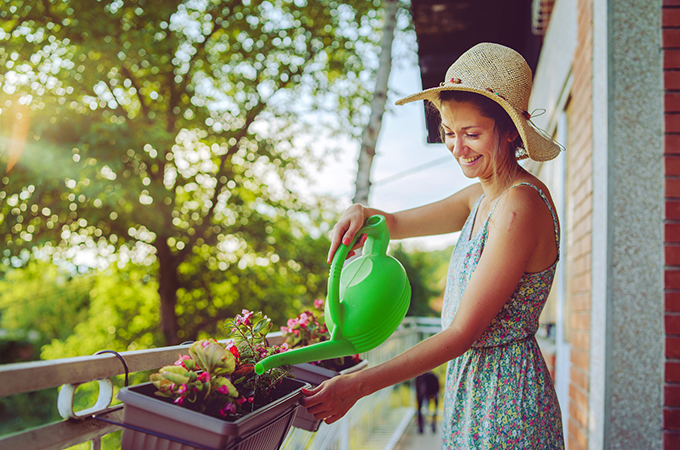
The most important thing to remember about gardening is to have fun with it. Gardening can be a trial and error process, and you’ll learn just as much from your failures as you will from your triumphs. Don’t worry about getting everything right – experiment with what you grow, and you’ll learn what will and won’t work in your garden.
Have you decided to take up gardening as a hobby? What will you be growing in your garden this year? We want to know all about it over on our Facebook page!
Lead image: HT-Pix via Getty Images.
